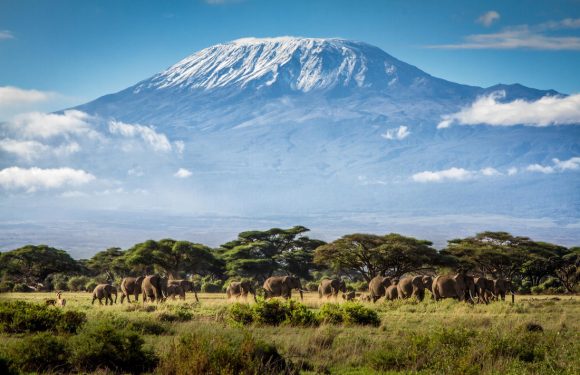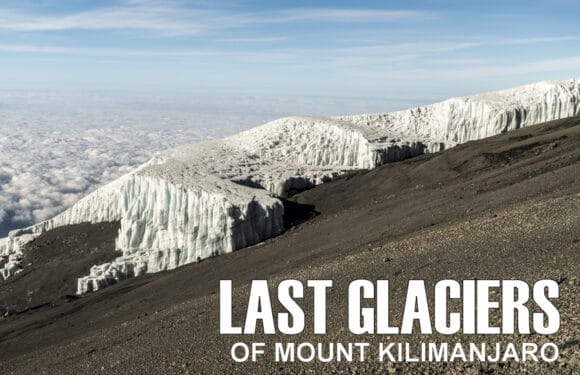
Mount Kilimanjaro holds many stories within its icy crown and rugged slopes. One such tale is that of Stella Point, a landmark near the summit that was named in honor of a woman with an indomitable spirit. This is the story of Estella Latham.
Stella’s Early Life and Move to Africa
Estella Latham was born in Youghal, Ireland, in 1901. She ventured far from her birthplace, ultimately making a significant mark on the history of Mount Kilimanjaro. Following the early death of her parents, Estella, or Stella as she preferred, was raised by her eldest sister, Kathleen.
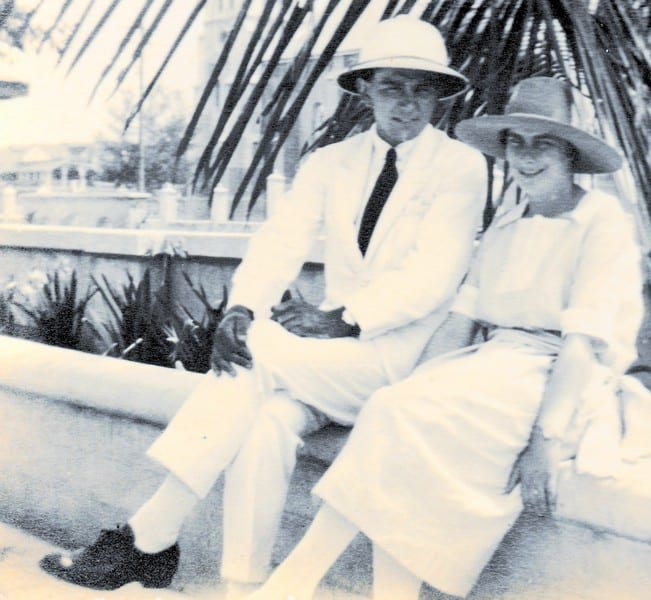
Her interest in horticulture led her to South Africa, where she met an agricultural officer by the name of Kingsley Latham, her future husband. Together, they moved to Tanzania.
Climbing Mount Kilimanjaro
The Latham family had a long-standing tradition of mountaineering, so Kilimanjaro would have represented an irresistible sight. Stella and Kingsley’s attempt on Kilimanjaro was motivated by the simple yet compelling reason that the mountain was there to be climbed.
While Hans Meyer, the first person to climb Kilimanjaro in 1889, utilized the present-day Marangu route for his historic acheivement, the Lathams climbed a steeper path, known as Maua trail, which currently serves as a direct route to Horombo Hut. This decision was made to avoid an outbreak of smallpox that occurred at a lower altitude along the standard Marangu route.
Despite the inherent dangers and challenges, Stella’s resolve was unshaken. In July 1925, they assembled a local guide, cook and several porters to accompany them in their climb.
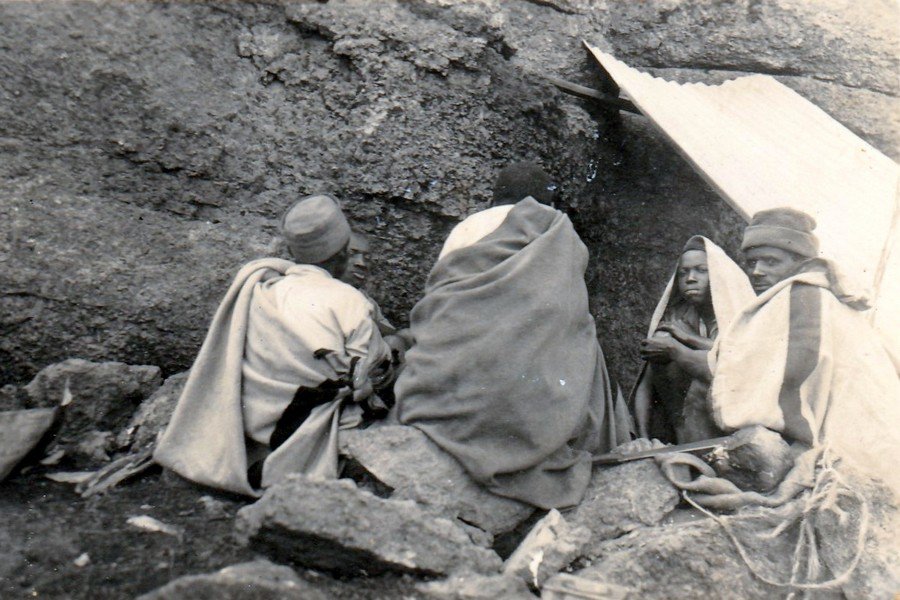
Reaching Stella Point
The Latham’s journey was meticulously documented in Stella’s diary. It revealed the hardships they faced in their attempt to scale Africa’s highest peak.
It’s important to note that in that era, the routes to the top were not well established. Additionally, the terrain was far less forgiving and mountaineering clothing was elementary. Technical fabrics did not exist. In short, alpine conditions were far more difficult then compared to what climbers face today on Mount Kilimanjaro.
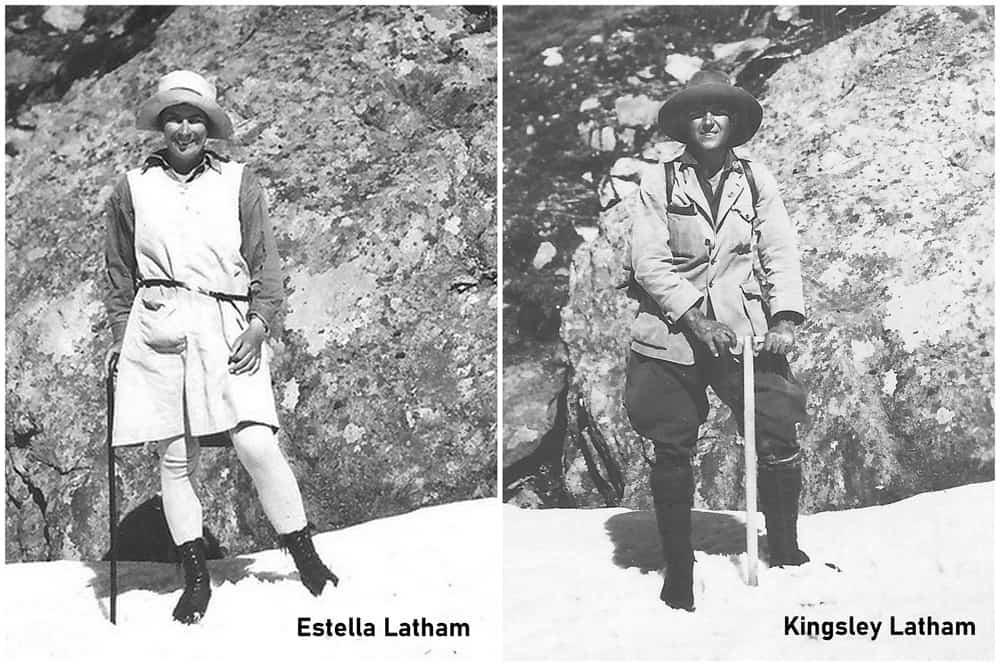
Stella described the temperature as bitter cold and noted that trying to stay warm sapped their strength. She also mentioned that a significant navigational error was made—a mistake that drained much of their remaining energy.
Regardless, Stella and Kingsley pushed a couple hundred feet past Hans Meyer’s Notch. In that moment, Stella was the first woman to reach this spot on the crater rim.
It became known as “Stella Point”.
How Stella Point Got Its Name
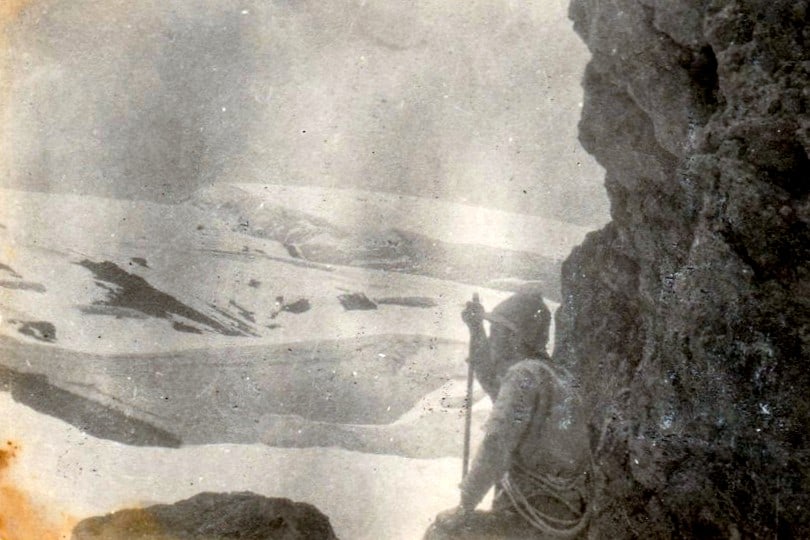
In her journal, Stella described the final moments of the ascent:
The highest point as far as we could make out is not a true “spits” but the snow cap to a rocky cliff opposite the Notch. For this we aimed. We started first on the ice rim round the crater, on finding this getting unsafe we worked our way back and down on to the rock which lines the one side of the crater.
We got about half way to the point aimed at when Kingsley found he was too exhausted and sick to go further, so we decided to abandon our attempt to reach the point opposite the Notch. We were at this time at the base of the highest rock pinnacle in the crater rim. We climbed this pinnacle, leaving our record in a glass jar. On our recording card we named the pinnacle “Point Stella”, provided it had not been previously named.
Kingsley named the highest point they reached “Point Stella” in honor of Stella. Her courage and leadership during their expedition was nothing short of inspirational.
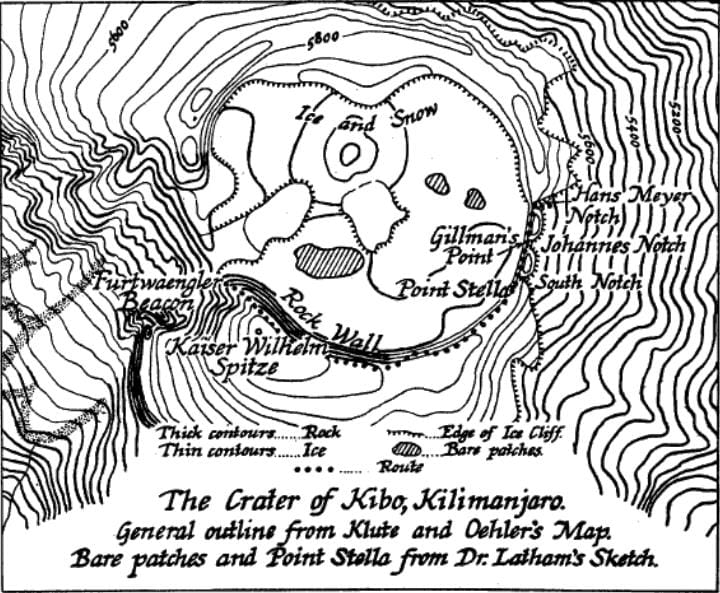
The record card left at the location stated:
Estella M Latham Kingsley Latham (Mountain Club of South Africa.) Reached this point at 12.10 p.m. on Monday 13th July 1925 accompanied by natives Filipos and Sambuananga. We then attempted to reach KW Spitz but were unable to reach it due to partial snow blindness, mountain sickness and exhaustion on my part. My wife was fit to reach the Spitz and she led on the return trip here as I was unfit to lead. In her honour I have named the point we reached “POINT STELLA”.
Upon his return, Kingsley registered the name “Point Stella” with the mountain club of South Africa.
Today, a sign board stands on the spot marking Stella Point, rising 18,885 feet (5,756 meters) above sea level.
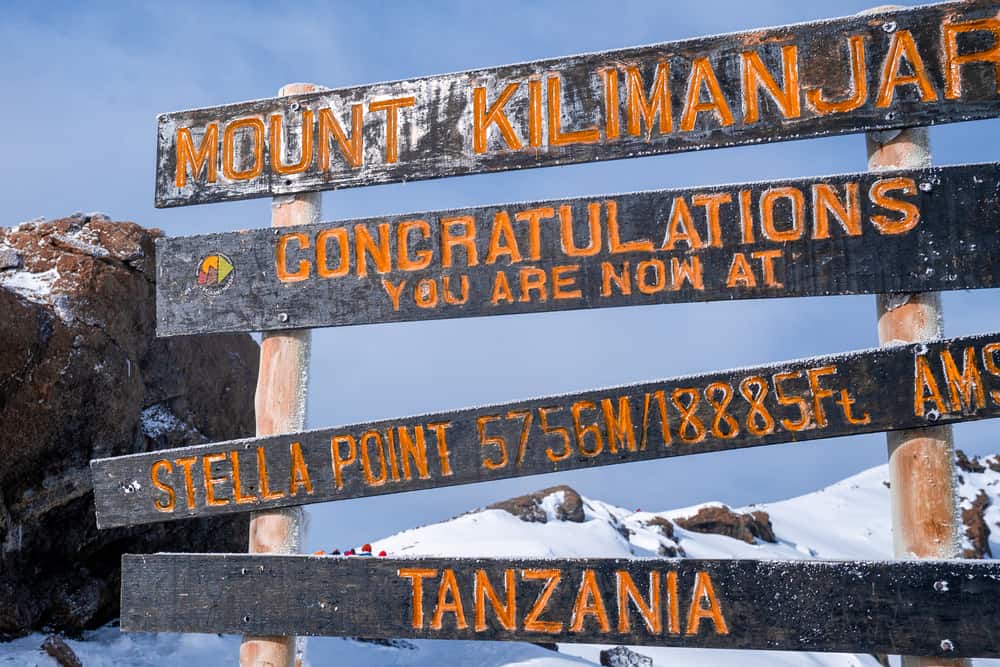
After the Climb
Stella never made another attempt on Mount Kilimanjaro, but Kingsley did many years later, in 1937. This time, he did not fare well; he collapsed and lost consciousness on the upper slopes, possibly from an aneurysm.
When he awoke in the hospital, he had almost complete amnesia. It took many years for Kingsley to recover, as he had to relearn how to read, write, walk and talk. The incident forced him to retire due of his health.
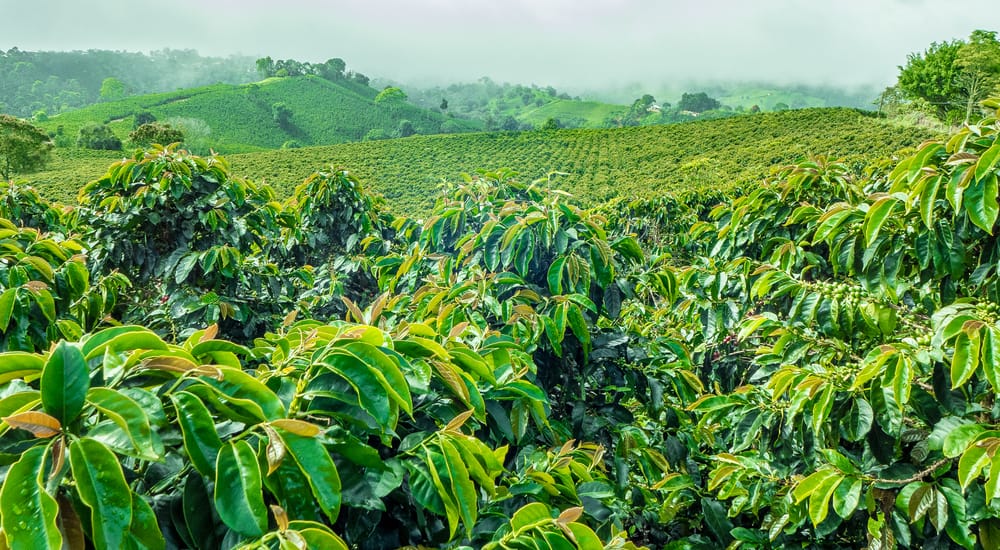
Stella and Kingsley eventually bought a coffee estate in the eastern highlands of Zimbabwe and lived there until their deaths.
Stella and Kinglsey Latham had three sons—Patrick, Robert and Jim.
A Tribute to Courage
By all accounts, Stella was a petite woman, measuring less than five feet tall. However, the Latham’s 1925 expedition displayed her inner strength and mental fortitude. In an era when women’s achievements were often overshadowed, Stella stood tall.
Today, Stella Point represents as a beacon for all climbers. The mark is a symbol of enduring human spirit and a tribute to a true pioneer on Kilimanjaro. Though official records may not fully capture the depth of Estella Latham’s contribution, the stories and personal accounts of those who knew her ensure that her legacy endures.
Ultimate Kilimanjaro would like to extend our deepest gratitude to the family of Estella Latham, especially Dr. Jim Latham and Kathleen Latham Robinson, for their invaluable contributions. The information, journal entries, and photographs they provided made this story possible.




















































